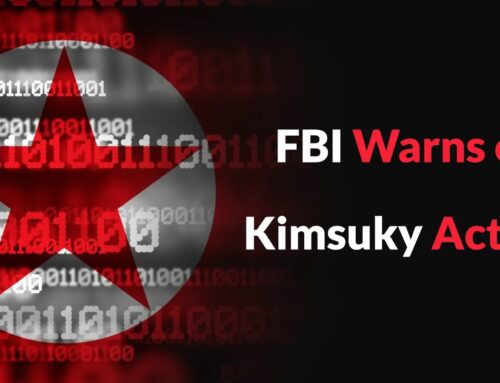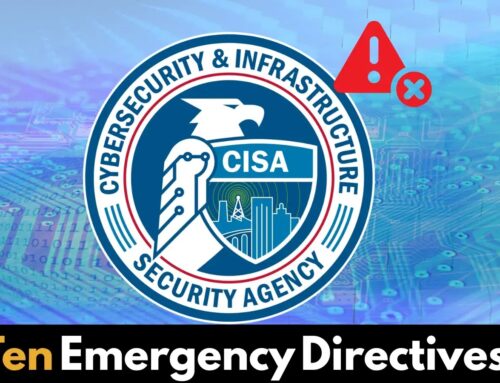
Citrix Netscaler 0-day RCE Vulnerability Patched – Vulnerable Instances Reduced from 28.2K to 12.4K
Citrix NetScaler 0-Day RCE Vulnerability: A Global Patching Effort Underway
The cybersecurity landscape remains a dynamic battleground, with new threats constantly emerging. Recently, a critical 0-day Remote Code Execution (RCE) vulnerability in Citrix NetScaler devices sent ripples through the IT world. This flaw presented a significant risk, allowing attackers to potentially seize control of affected NetScaler instances. However, a rapid and impressive global effort to patch this vulnerability has seen a substantial reduction in exposed systems, demonstrating the power of collaborative incident response.
In just one week, the number of vulnerable NetScaler instances plummeted from approximately 28,200 to 12,400. This remarkable turnaround, revealed by data from The Shadowserver Foundation, a non-profit dedicated to internet security, highlights the urgency and effectiveness of administrator actions worldwide. While thousands of systems remain unpatched, this swift response underscores the commitment to mitigating widespread cyber risks.
Understanding the Citrix NetScaler RCE Vulnerability
This critical vulnerability, identified as CVE-2023-3519, impacts specific versions of Citrix NetScaler (now Citrix ADC and Citrix Gateway). An RCE vulnerability is among the most severe types of security flaws, as it grants attackers the ability to execute arbitrary code on a vulnerable system remotely. For an organization, this could mean complete system compromise, data exfiltration, service disruption, or even the deployment of ransomware. The fact that it was a 0-day vulnerability meant there was no patch available at the time of its initial discovery or exploitation, allowing attackers a window of opportunity before security vendors could issue fixes.
Citrix NetScaler appliances are widely deployed across enterprises for application delivery, load balancing, and secure remote access. Their critical role in network infrastructure makes any vulnerability, especially an RCE, a high-priority concern for security teams. The widespread adoption of these devices amplified the potential impact of CVE-2023-3519.
The Rapid Decline in Vulnerable Instances
The swift reduction from 28,200 to 12,400 vulnerable instances in a single week is a testament to effective communication and rapid response from the global cybersecurity community. Non-profit organizations like The Shadowserver Foundation play a crucial role by providing real-time data on internet-wide vulnerabilities, enabling organizations to quickly identify and address risks within their perimeters. This data-driven approach allows for targeted patching efforts and provides a clear picture of the ongoing mitigation progress.
While the reduction is significant, the remaining 12,400 unpatched instances still represent a considerable attack surface. These systems are at continued risk of exploitation, emphasizing the need for ongoing vigilance and prompt application of security updates.
Remediation Actions for Citrix NetScaler Users
For organizations still running vulnerable Citrix NetScaler versions, immediate action is paramount. Procrastination significantly increases the risk of compromise. Here are the essential steps:
- Immediate Patching: Apply the official security updates released by Citrix (now Cloud Software Group) without delay. Verify that the installed patch addresses CVE-2023-3519.
- Version Verification: Ensure your NetScaler appliances are running supported versions. Older, unsupported versions may not receive critical security updates.
- Threat Hunting: Even if patched, conduct thorough threat hunting activities on your NetScaler devices and connected systems. Look for any signs of compromise that might have occurred prior to patching. This includes reviewing logs for unusual activity, unauthorized access attempts, or new user accounts.
- Network Segmentation and Access Controls: Implement or strengthen network segmentation to limit the blast radius if a device is compromised. Restrict access to NetScaler management interfaces to only authorized personnel and trusted IP addresses.
- Regular Backups: Maintain regular, tested backups of your NetScaler configurations. This is crucial for rapid recovery in the event of a successful attack.
- Security Audits: Perform regular security audits and penetration tests on your network and critical devices, including NetScaler appliances, to identify and address vulnerabilities proactively.
Monitoring and Detection Tools
Effective security relies not only on patching but also on continuous monitoring and the ability to detect potential threats. The following tools can assist in identifying vulnerable instances or detecting suspicious activity related to this and other vulnerabilities:
| Tool Name | Purpose | Link |
|---|---|---|
| The Shadowserver Foundation | Internet-wide scanning for vulnerable services, including NetScaler | https://shadowserver.org/ |
| Nessus (Tenable) | Vulnerability scanning and assessment | https://www.tenable.com/products/nessus |
| OpenVAS | Open-source vulnerability scanner | https://www.greenbone.net/en/openvas/ |
| Snort/Suricata | Network intrusion detection/prevention systems (NIDS/NIPS) for detecting exploitation attempts | https://www.snort.org/ https://suricata.io/ |
| Citrix ADM (Application Delivery Management) | Centralized management, monitoring, and analytics for Citrix ADC and Gateway deployments | https://www.citrix.com/products/citrix-adm/ |
Conclusion
The incident surrounding the Citrix NetScaler 0-day RCE vulnerability [CVE-2023-3519] serves as a powerful reminder of the persistent and evolving nature of cyber threats. While the rapid reduction in vulnerable instances is commendable, the continued existence of unpatched systems highlights the ongoing responsibility of administrators to prioritize security updates. Proactive patching, continuous monitoring, and robust security practices are not merely recommendations; they are essential for defending critical infrastructure against sophisticated attackers. Vigilance remains the cornerstone of effective cybersecurity.





